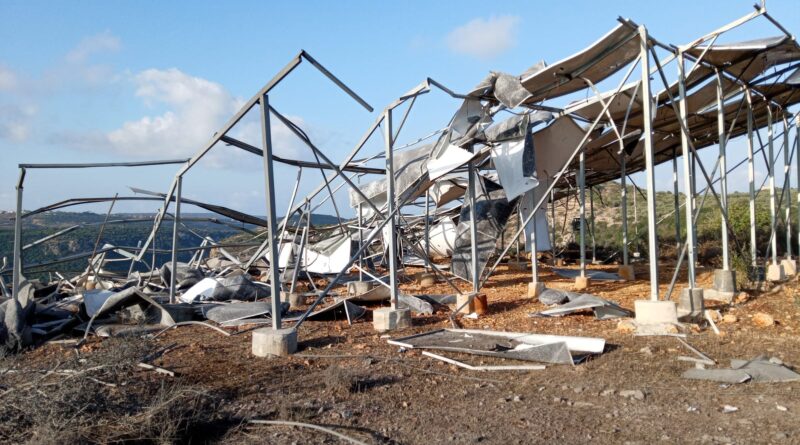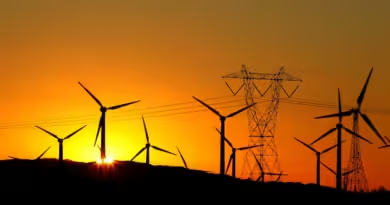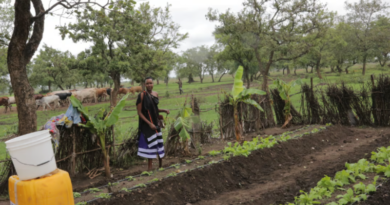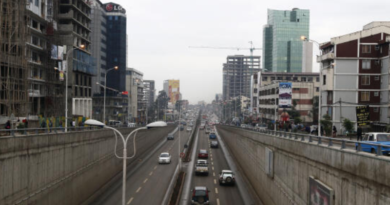Self-financed solar array destroyed in Lebanese farming village
One of the project architects behind a solar power system in a southern Lebanese village tells pv magazine that the 200-panel array, which pumped water from an underground well for roughly 400 families, was allegedly destroyed earlier this month by Israeli forces. The community needs help rebuilding it, he says.
Kassem Ghorayeb told pv magazine today that the panels and the control room comprising the Tair Harfa solar project were allegedly “bombed” by Israeli forces earlier this month. As it currently stands, the site, located on the outskirts of the Lebanese community, which is 5 kilometers north of the Israeli border, is a reduced heap of scrap metal.
“I am now trying to think of ways to rebuild,” said Ghorayeb, an assistant professor at the American University of Beirut’s Chemical Engineering and Advanced Energy Department. “We cannot afford to fail. People are now being taken by fear because they are fearing for their lives.”
Ghorayeb, born and raised in Tair Harfa but now living in the country’s capital, conceived with some friends the idea to build a 100 kW solar array on the edge of the town in 2021. The project was driven by a need to provide Tair Harfa’s families—mostly farmers—with affordable water, Ghorayeb said.
“The [government] collapse that happened two or three years ago in Lebanon means we can no longer afford generators, especially for poor people,” he said, referring to the 2019 Lebanese economic crisis, which left many in poverty and without stable electricity. Villagers relied on hiring expensive diesel generators to pump water or purchasing pricey water outright for their household needs, he said.
Seeing the need for cheap water, the project organizers hatched a plan to build a solar array that would power the plumbing. They raised roughly 80% of the project’s total $130,000 costs through community fundraising, with the final portion of the funding borrowed on loan from a local business owner.
The solar array was finally switched on in September 2022. “People were happy,” Ghorayeb said, adding that the move was “unprecedented.” Residents used the water for general household needs and irrigated their small gardens, but it also revolutionized how the community accessed water and energy, he said.
Source : pv-magazine.com




